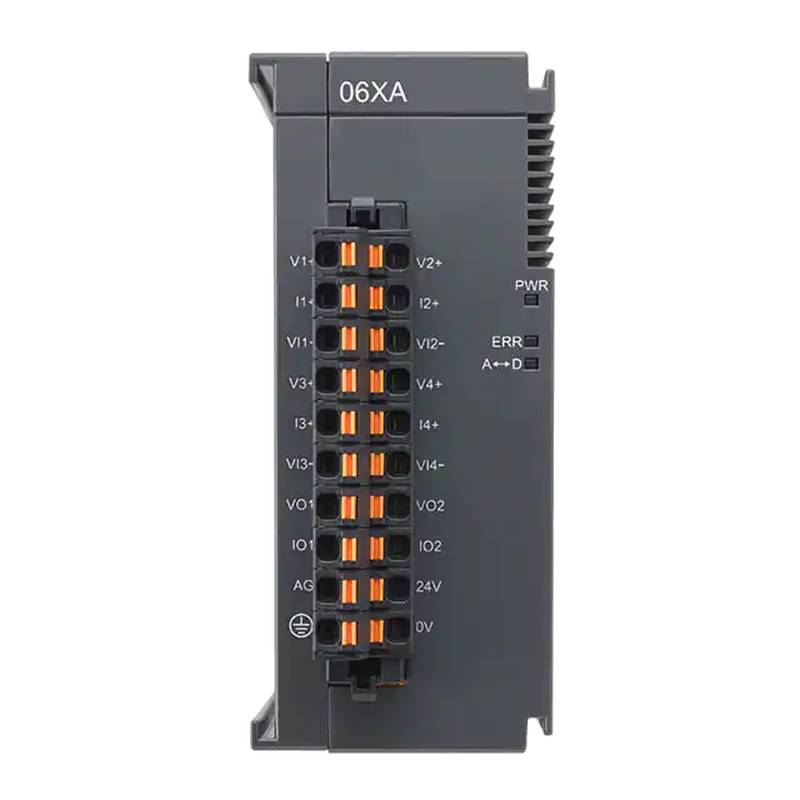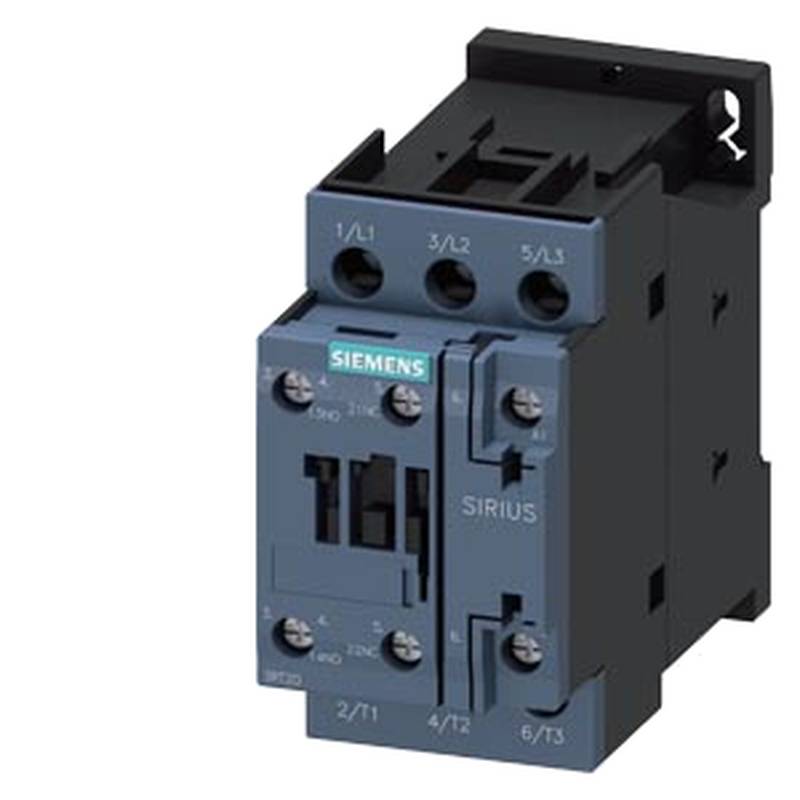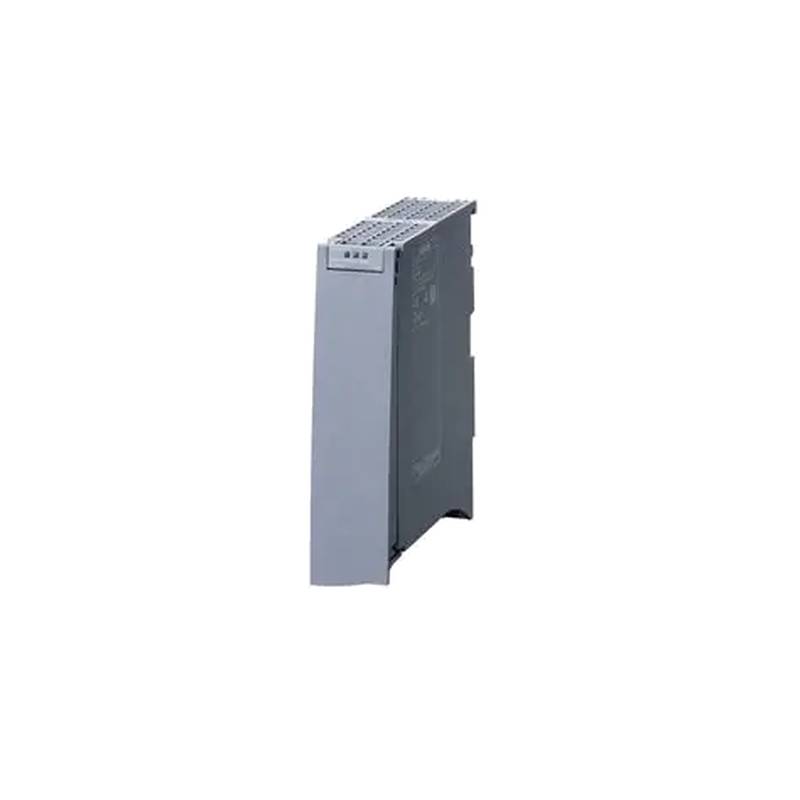
The Delta AS06XA-A 6-channel Analog Input/Output Mixed Module offers robust and flexible signal conditioning for industrial automation. This module excels in providing precise analog signal conversion, featuring six channels that can be independently configured for either input or output, supporting a wide array of process variables. Its key advantages include high accuracy, fast response times, and robust electrical isolation, ensuring reliable performance in demanding environments. Technical parameters highlight its versatility, with input ranges typically encompassing 0-10VDC, 4-20mA, and voltage/current signals, while output capabilities mirror these specifications for seamless control loop integration.
Product Specifications
| Feature | Specification |
| :----------------- | :---------------------------------------------- |
| Model | AS06XA-A |
| Channels | 6 Analog (Configurable Input/Output) |
| Input Types | Voltage (e.g., 0-10V), Current (e.g., 4-20mA) |
| Output Types | Voltage (e.g., 0-10V), Current (e.g., 4-20mA) |
| Resolution | High (e.g., 12-bit or higher) |
| Isolation | Electrical Isolation between channels and system |
| Communication | Integrated with Delta PLC systems |
| Operating Voltage | Typically 24VDC |
| Temperature Range | Industrial Grade (e.g., -20°C to +60°C) |
| Dimensions | Compact, DIN rail mountable |
| Protection | Built-in surge and overvoltage protection |
| Certifications | CE, UL (common for industrial modules) |
Core Features & Market Positioning
The Delta AS06XA-A distinguishes itself through its highly flexible mixed-signal capability, allowing users to configure each of its six channels as either an input or an output on the fly. This eliminates the need for separate input and output modules, significantly reducing hardware costs and panel space in automation projects. Its high-resolution conversion ensures exceptional accuracy for critical process measurements and control signals, positioning it as a premium choice for applications demanding precision. Furthermore, Delta's established reputation for reliability and integration within its own PLC ecosystems provides a strong competitive edge for users already invested in Delta automation solutions.
Key Application Scenarios
This versatile module finds extensive use in process control industries such as chemical manufacturing, water treatment, and food and beverage production. It is ideal for monitoring diverse analog signals like temperature, pressure, flow rates, and level sensors, while simultaneously providing analog outputs to control variable speed drives, control valves, or actuators. Industries requiring precise feedback loops and proportional control, such as in complex mixing operations or precise dispensing systems, will benefit from its high accuracy and responsiveness. The AS06XA-A is also well-suited for data acquisition systems where simultaneous monitoring and outputting of analog values are essential.
Practical System Integration Guidance
Integrating the AS06XA-A into a Delta PLC system is streamlined through its dedicated module design. Installation typically involves snapping the module onto a standard DIN rail within the PLC rack and connecting it to the system's backplane. Wiring requires careful attention to terminal designations for analog inputs and outputs, ensuring proper grounding and signal connections (e.g., 2-wire or 4-wire transmitter configurations). Programming involves configuring the channel mode (input/output), signal type (voltage/current), and scaling parameters within the Delta ISPSoft software, allowing for straightforward mapping of physical signals to internal PLC variables.
Operation and Risk Mitigation
Proper operation of the AS06XA-A hinges on adhering to the specified voltage and current limits for inputs and outputs to prevent damage. Ensure that the field wiring is robust and protected against electrical noise and physical damage, which can compromise signal integrity and cause erroneous readings. For risk mitigation, always verify that the module's operating temperature range is not exceeded and that adequate ventilation is provided in the control cabinet. Electrical isolation is a key safety feature, protecting the PLC from high voltages or transient surges from field devices, but proper grounding of the entire system remains paramount.
Scalability & Long-Term Value
The AS06XA-A module offers significant long-term value through its seamless integration with Delta's broader automation platform, facilitating easy expansion of analog I/O capabilities as automation needs grow. Its compatibility with various Delta PLC series ensures that existing investments remain relevant and can be readily upgraded or expanded upon. For future-proofing, its capacity to handle standard analog signals aligns with the requirements for IIoT integration, enabling more sophisticated data collection, remote monitoring, and advanced analytics when combined with higher-level SCADA or MES systems.
---
Frequently Asked Questions (FAQs)
Q1: What are the typical input and output signal types supported by the Delta AS06XA-A?
The AS06XA-A module reliably handles standard industrial analog signals for inputs. These commonly include voltage signals, such as 0-10VDC, and current signals, like the ubiquitous 4-20mA, essential for monitoring various process parameters.
For output functionality, the module mirrors its input capabilities, providing both voltage outputs (e.g., 0-10VDC) and current outputs (e.g., 4-20mA). This allows for precise control of actuators and other output devices based on PLC logic.
This dual-functionality on each channel provides significant flexibility, enabling users to configure the module for diverse applications without needing separate input and output hardware.
Q2: How is the Delta AS06XA-A module installed and wired in a PLC system?
Installation is straightforward, involving the module snapping onto a standard DIN rail within the Delta PLC rack, ensuring mechanical stability. Connection to the PLC's backplane is automatic once seated correctly, establishing communication.
Wiring necessitates careful adherence to the terminal block layout. For inputs, connect sensors (e.g., transmitters) according to their wiring requirements (2-wire, 4-wire). For outputs, connect control devices (e.g., VFDs, control valves).
Always ensure proper grounding of both the module and the connected field devices to maintain signal integrity and system safety, preventing potential ground loops.
Q3: Can each channel of the AS06XA-A be configured independently for input or output?
Yes, a core strength of the AS06XA-A is its independent channel configurability. Each of the six channels can be set as either an analog input or an analog output.
This flexibility is typically managed through the Delta ISPSoft programming software. Within the software, users assign the operational mode and signal type for each specific channel as needed for their application.
This dynamic configuration capability reduces the need for specialized modules, simplifying inventory and allowing for rapid adaptation to changing process control requirements.
Q4: What are the advantages of using a mixed-signal module like the AS06XA-A?
A primary advantage is hardware consolidation. By offering both input and output on a single module, it significantly reduces the physical space required in control cabinets, leading to smaller panel designs.
This consolidation also translates to cost savings, as fewer individual modules are needed. It simplifies wiring and reduces potential points of failure by minimizing interconnections between separate input and output modules.
The flexibility to reconfigure channels dynamically means the module can adapt to evolving system needs without requiring hardware replacement, enhancing the overall return on investment.
Q5: What technical specifications are crucial for selecting the AS06XA-A for a specific application?
Key specifications include the required input and output signal ranges (e.g., 0-10V, 4-20mA) to match field devices and control targets accurately. The module's resolution (e.g., bit depth) is critical for applications demanding high precision in measurement or control.
Consider the operating temperature range and environmental protection (e.g., IP rating if applicable) to ensure reliable operation in the target industrial setting. Electrical isolation ratings are also vital for system protection and safety.
Always confirm compatibility with the specific Delta PLC series being used and verify any necessary certifications (e.g., CE, UL) required for regulatory compliance in your region.
Q6: How does the AS06XA-A contribute to system diagnostics and troubleshooting?
The module typically provides status indicators (LEDs) that offer immediate visual feedback on operational status, input signal presence, and potential fault conditions. This aids in quick on-site diagnostics.
When integrated with a Delta PLC, diagnostic information can be accessed programmatically through the ISPSoft software. This allows for detailed monitoring of channel status, signal levels, and error codes.
Error codes, if generated, often relate to out-of-range signals, wiring issues, or internal module faults, providing specific guidance for troubleshooting and resolution.
Q7: What is the typical resolution and accuracy of the AS06XA-A module?
While exact specifications vary, Delta AS06XA-A modules generally feature high-resolution analog-to-digital (ADC) and digital-to-analog (DAC) converters, often 12-bit or higher.
High resolution directly translates to greater accuracy and finer granularity in both measuring input signals and generating output signals, which is critical for precise process control.
Specific accuracy figures (e.g., ±0.1% of full scale) should always be consulted from the official Delta product datasheet for the precise AS06XA-A variant being considered.
Q8: Is the Delta AS06XA-A module compatible with non-Delta PLC systems?
While designed primarily for seamless integration within Delta PLC ecosystems, the AS06XA-A can potentially be used with other PLC brands if the communication protocol and physical interface requirements are met.
This typically involves using the module as a standalone analog I/O device connected via standard communication protocols that the target PLC can interface with, such as Modbus RTU if the module supports it.
However, direct integration and full configuration capabilities are guaranteed only when used with Delta's own PLC hardware and software (ISPSoft), maximizing its intended functionality and ease of use.
Q9: What are the benefits of electrical isolation provided by the AS06XA-A?
Electrical isolation is a critical safety and reliability feature. It prevents ground loops, which can introduce noise and errors into analog signals, degrading measurement accuracy.
Isolation protects the sensitive PLC circuitry from potentially damaging high voltages, surges, or transient spikes originating from field devices or power fluctuations.
This separation enhances system stability and longevity by shielding the PLC from electrical disturbances in the field wiring, ensuring more robust and dependable operation.
Q10: How can the AS06XA-A be utilized in IIoT and Industry 4.0 applications?
The module provides the essential analog data acquisition layer for IIoT. Its precise signal inputs can feed real-time process data into industrial gateways or edge devices for analysis.
Its analog outputs can be dynamically controlled by higher-level IIoT platforms for remote adjustments to processes, enabling intelligent automation and optimization strategies.
By converting physical process variables into digital data streams, the AS06XA-A serves as a crucial bridge, enabling data-driven decision-making and the implementation of smart manufacturing concepts.

























